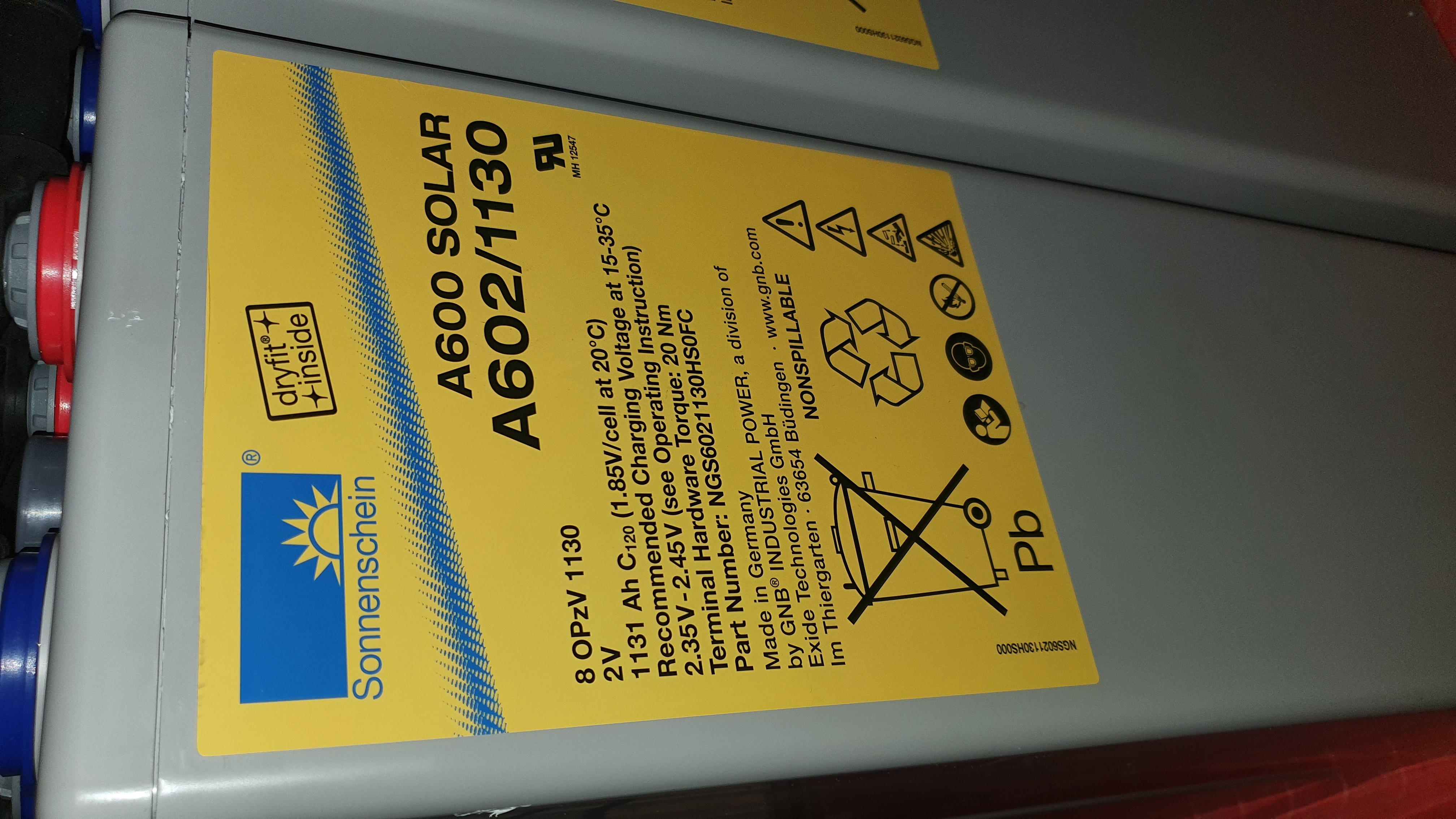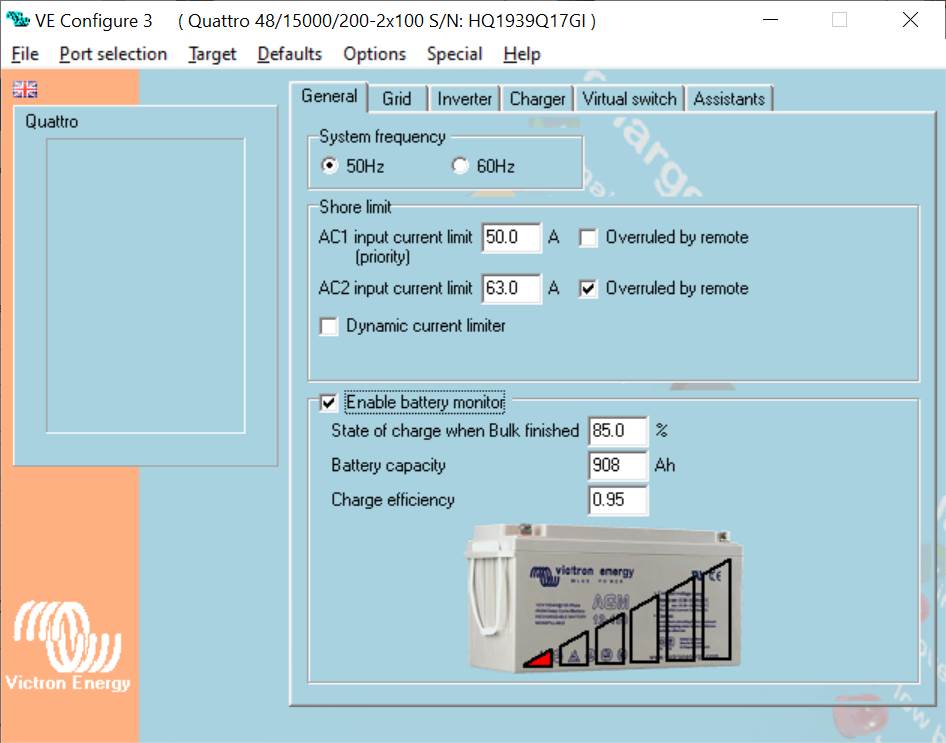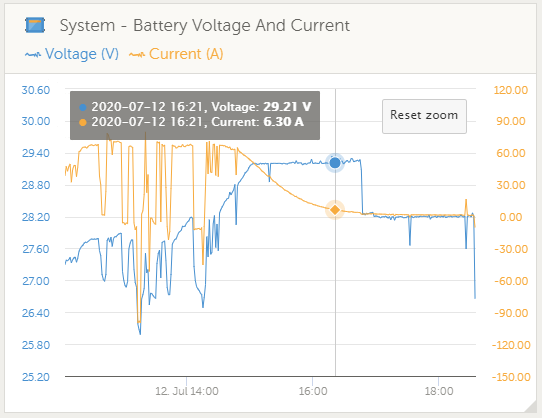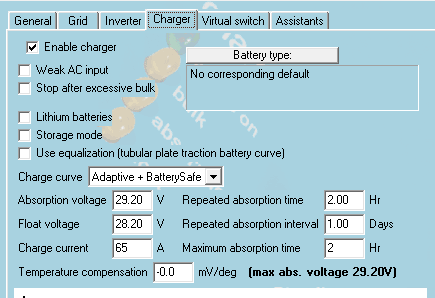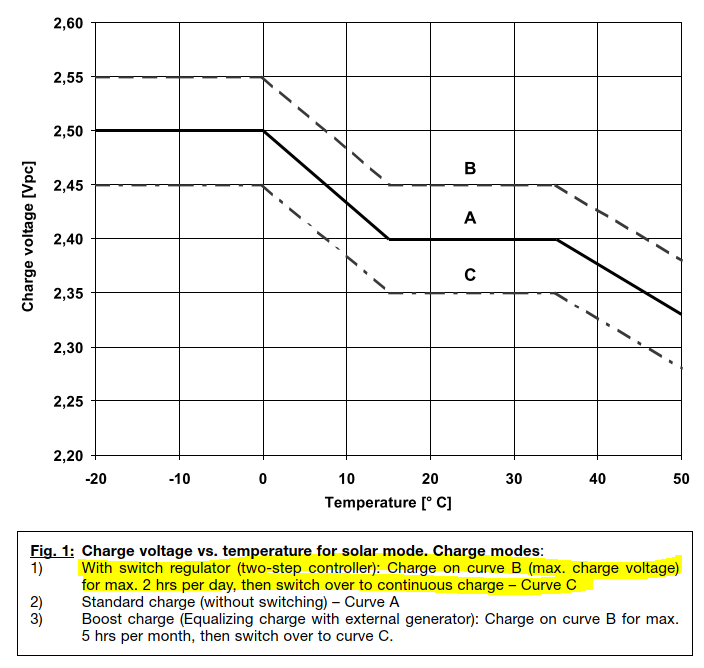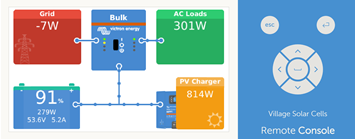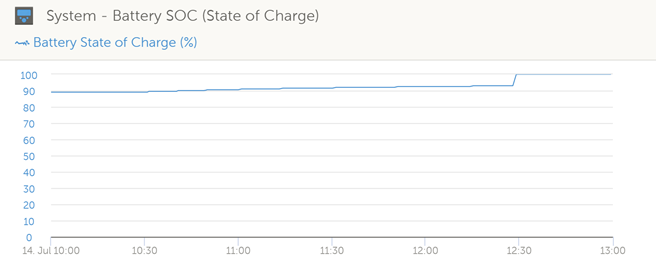I installed SONNENSCHEIN A602 SOLAR 8 OPZV 1130 with QUATTRO 48/15000/200-100/100.
According to its manual, battery capacity C10 = 908Ah and C100 = 1096Ah. Accoring to label on the battery, its C120 capacity is 1131Ah.
What number is supposed to be input to VE configure program? C10, 20, 100 or 120?